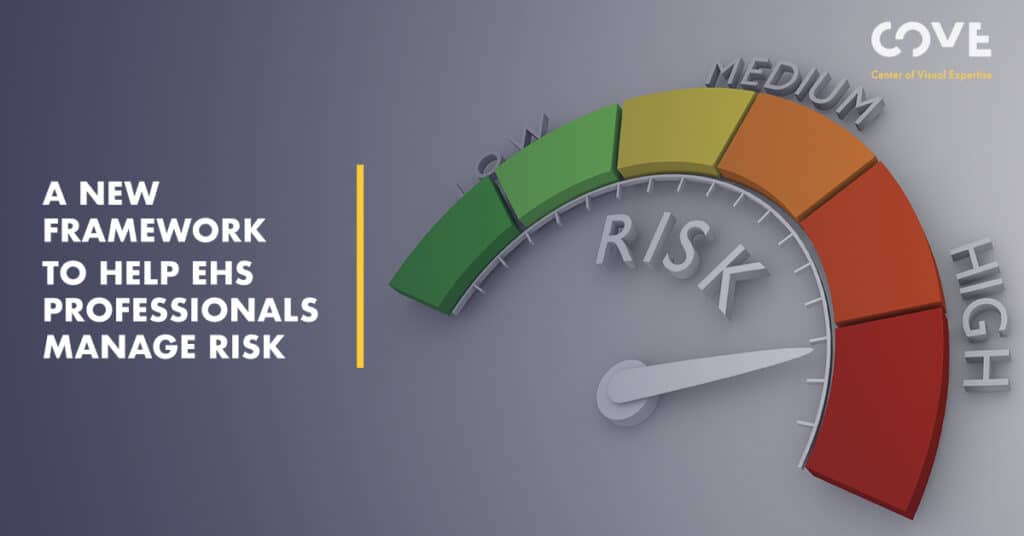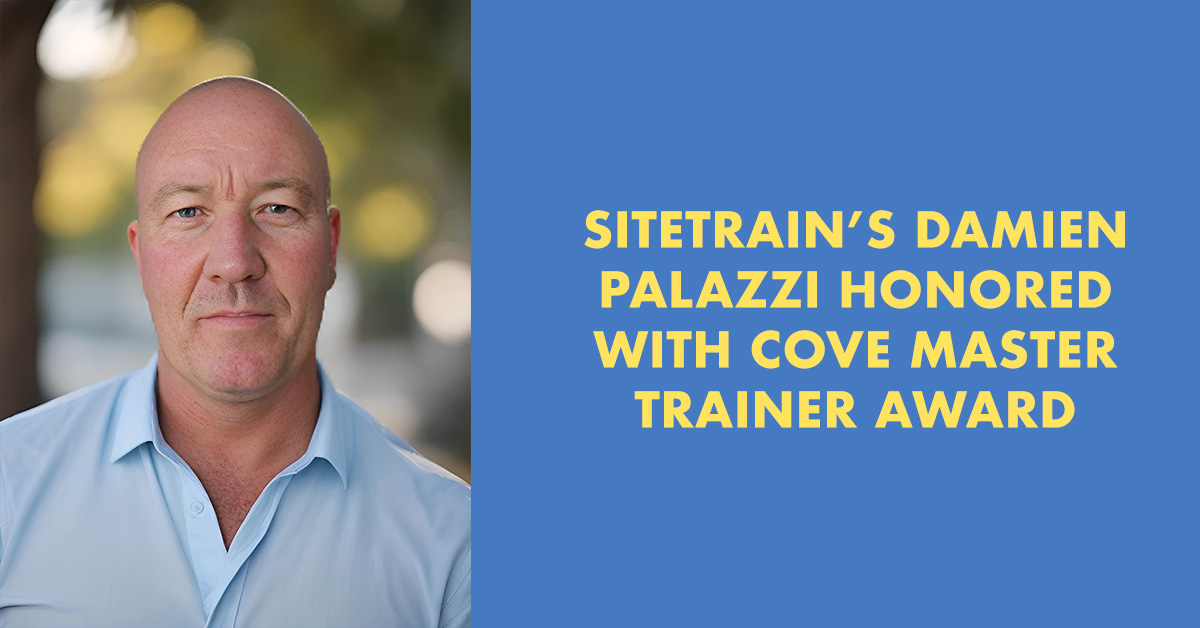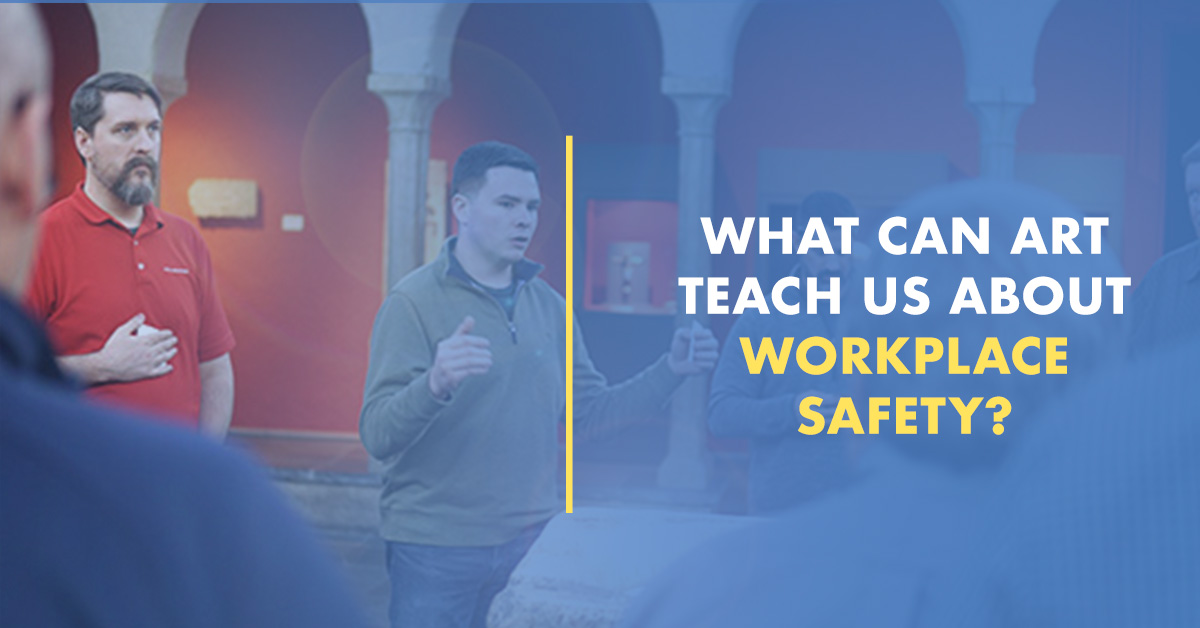Hazard inventories and risk profiles of facility workplaces or work sites in the field are essential tools for EHS professionals to proactively prevent harm and protect workers before potentially serious incidents occur. But often gaps exist in identifying hazards and compiling risk profiles, endangering workers, equipment, work processes and the work environment.
How are these gaps created? How do EHS professionals at times miss hazards and develop inaccurate risk profiles?
All of us are fallible and we all make mistakes. When we fail to truly see a hazard, we are less likely to effectively assess the associate risk. One significant reason for this oversight is we actually see as little as ten percent of what we think we are seeing, according to research. Up to 90 percent is filled in by our brain and what we expect to see. What we expect to find on audits, hazard hunts, and other hazard identification practices is often skewered by our visual biases. We all have them. Most of us recognize biases, or visual blind spots, in others, but we fail to acknowledge these biases, or preconceived notions, in ourselves.
For example:
- We often rely too heavily on initial information collected and become attached or anchored to it. This is called anchoring bias.
- We can assess the validity of the information collected based on the individual presenting it rather than the hard facts he or she are sharing. This is champion bias.
- We often lean in to reach consensus or agreement on information presented as opposed to objectively evaluating the cold facts. We avoid confrontation or disagreements and adopt a herd mentality. This bias is well-known as group think.
- We often naturally draw on our embedded, vivid past experiences to make conclusions about information presented to us, rather than objectively appraise current information. This is representative bias.
Stress, time pressure, poor communication and performing first time or infrequent tasks can compound problems caused by our biases and may result in assessing a situation and not really see the reality of what is in front of us.
Without a structure framework to visually examine tasks and work conditions to counter biases and pressures, we can miss harmful elements of the task or work environment.
By applying tools and techniques associated with Visual Literacy, such as slowing down, Seeing the Whole PICTURE® and using the Elements of Art (analysis by using color, lines, shapes, space and texture) to deconstruct a task and a work environment, we have a much better opportunity to truly see how the situation may be different than what we have experienced or seen in the past, or expect to see. Our critical thinking improves, and we can draw better interpretations to identify hazards and develop risk profiles.
To develop and implement preventive and protective controls proactively, before harmful, possibly serious incidents occur, we need a clear, objective picture of our hazard inventory and risk profile. We need to strengthen our Visual Literacy to obtain quality risk management.
Webinar: A New Framework To Help EHS Professionals Manage Risk
We share how Visual Literacy can help identify hazards that allows us to assess their risk potential and bring clarity to what might injure our workers as well as damage equipment and other property.




